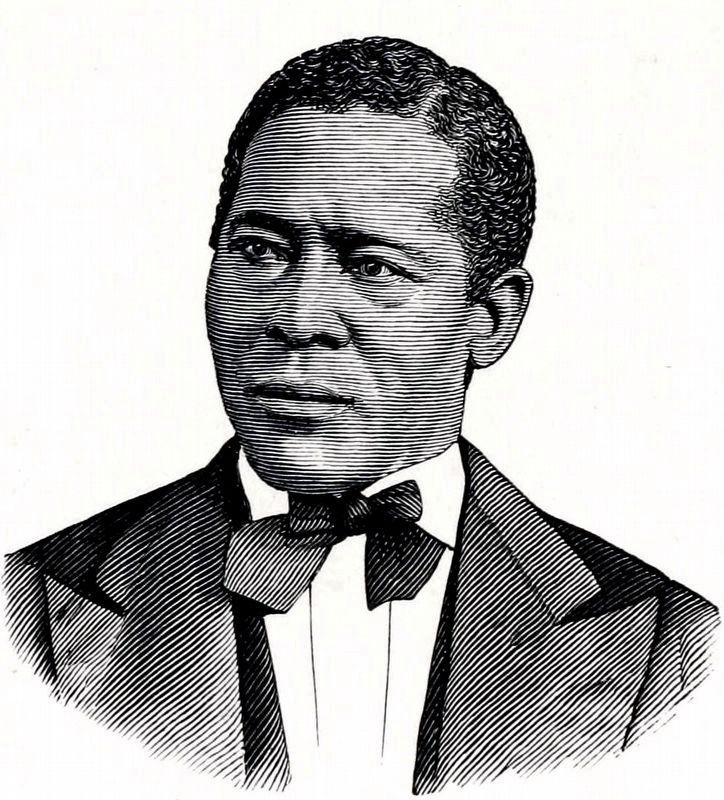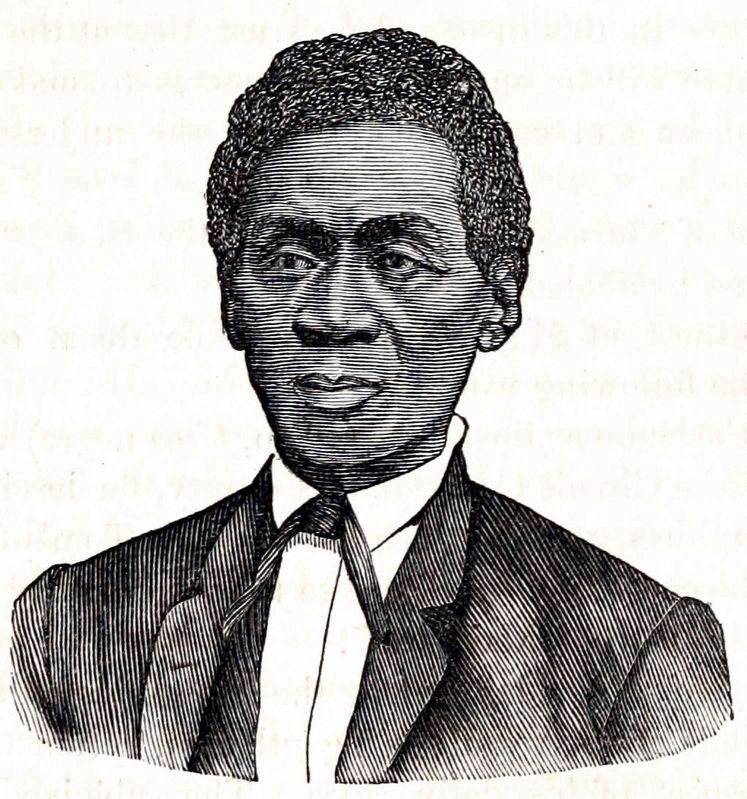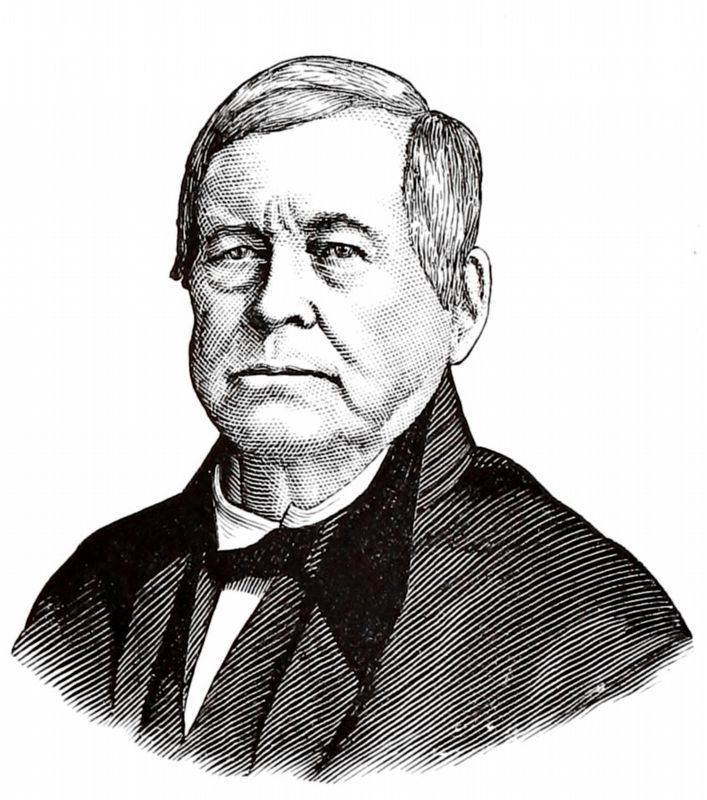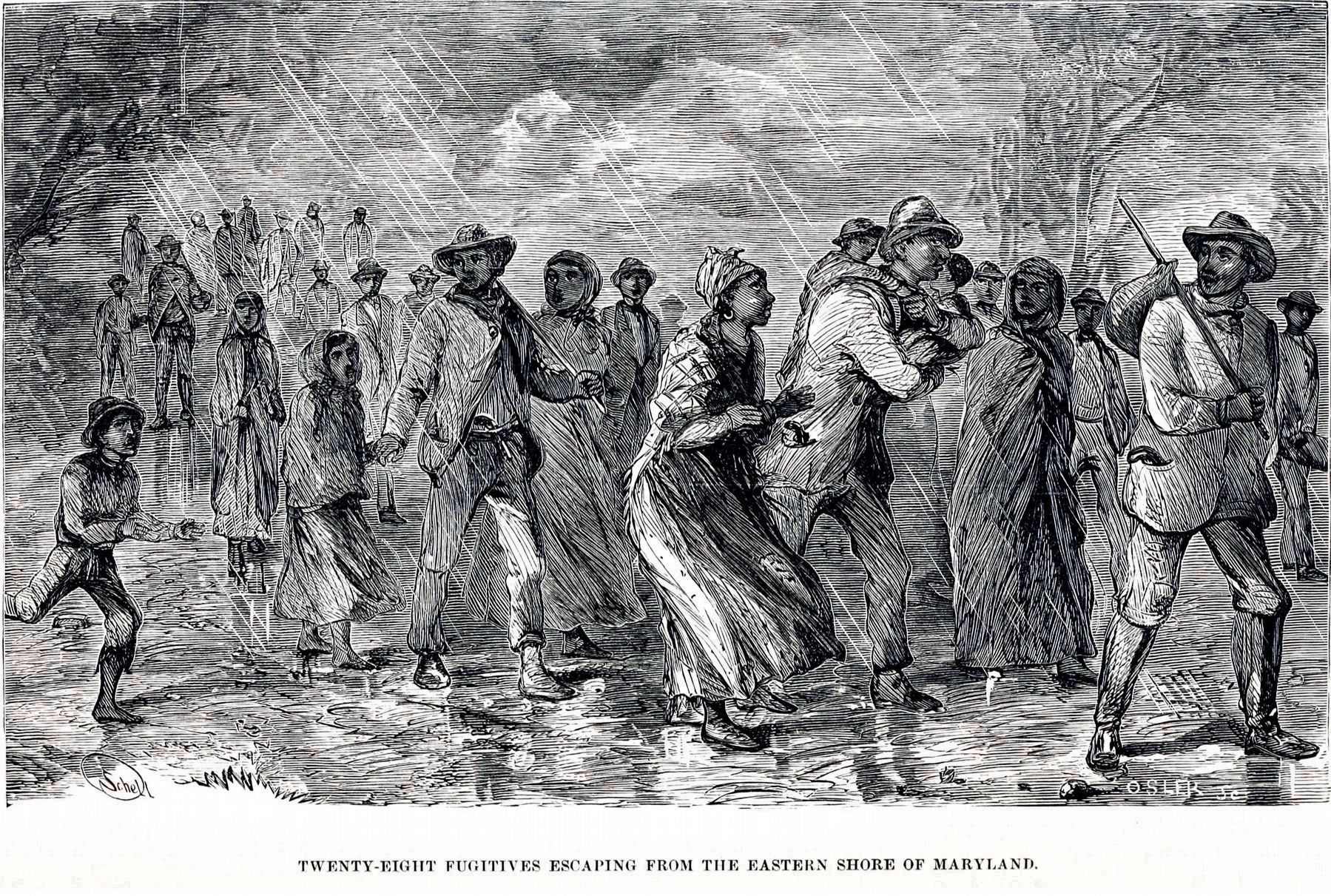Cambridge in Dorchester County, Maryland — The American Northeast (Mid-Atlantic)
Station Stops: The Underground Railroad
Underground Railroad
— 1849 - 1858 —
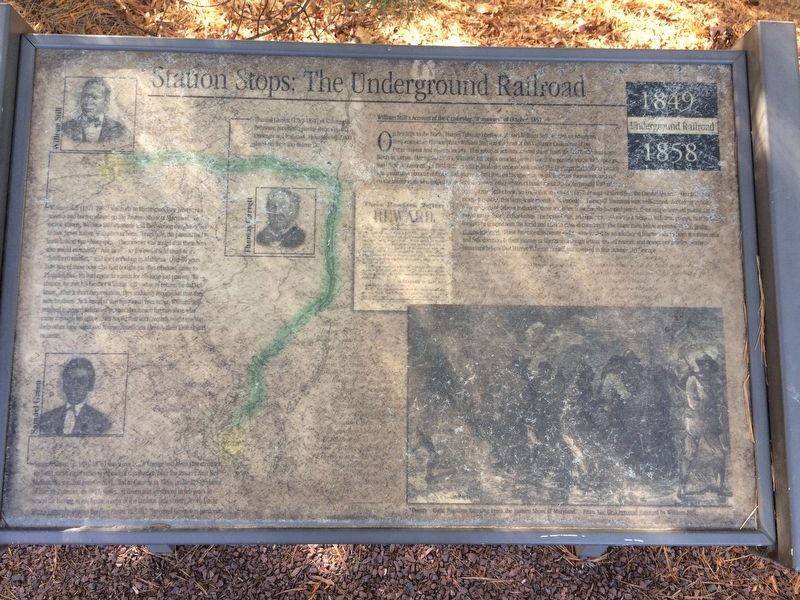
Photographed By Devry Becker Jones (CC0), November 11, 2017
1. Station Stops: The Underground Railroad Marker
William Still
William Still (1821- 1902) was born in Burlington New Jersey. His parents had been enslaved on the Eastern Shore of Maryland. To escape slavery, William Still’s parents and their young daughter fled to New Jersey before William was born. Tragically, the parents had to leave behind two young boys. The owner was afraid that these boys also would eventually “run away” so the owner sold them at a “southern market,” and they ended up in Alabama. Over 30-years later one of these boys who had bought his own freedom came to Philadelphia. He had come to search for his long lost parents. By chance he met his brother William Still who of course he did not know. After a short conversation they suddenly recognized that they were brothers. As a result of this emotional encounter William Still resolved to preserve detailed records about fugitive slave who came through his office. Still hoped that such records might one day help other long-separated African Americans identify their kinfolk and re-unite.
Samuel Green
Samuel Green ((c. 1803 – 1876) was a free black farmer and Methodist minister. He lived about eight miles northeast of Cambridge near the town of East New Market. The son Samuel Green fled to Canada in 1854, under the guidance of Harriet Tubman. In 1857, Reverend Green was sentenced to ten years in prison for having in his house a copy of the famous anti-slavery novel, Uncle Tom’s Cabin by Harriet Beecher Stowe. In 1862 Reverend Green was pardoned.
Thomas Garret
Thomas Garrett (1789-1871) of Wilmington, Delaware, provided a pivotal station on the Underground Railroad. He aided over 2,000 slaves on their way to freedom.
William Still's Account of the Cambridge "Runaways" of October, 1857
On her trips North, Harriet Tubman often would meet William Still at the home of an American business man in Philadelphia. William Still was the head of the Vigilance Committee of the Pennsylvania Anti-Slavery society. This group of activists assisted slaves from the south who had come north to escape. During the 1850’s, William Still kept a detailed journal about the people whom he helped in their flight to freedom. In 1872 William Still published a unique book called The Underground Railroad in which was a narrative account of the journal. Still focused his attention on the fugitives themselves and not on the abolitionists who helped the many other writers of books about the Underground Railroad.
From Still’s book, we know that in October 1857 at least 42 slaves fled the Cambridge area. One Baltimore newspaper called this large scale exodus a “Stampede”. These self-liberators were well armed. According to Still their weapons of defense included three revolvers, three double-barreled pistols, three single-barreled pistols and three sword-canes, four butcher knives, one bowie knife and one paw. (A paw is a weapon with iron prongs, four inches long to be grasped with the hand and used in close quarters.) The illustration below appeared in The Underground Railroad. These “memorable twenty-eight” were joined by
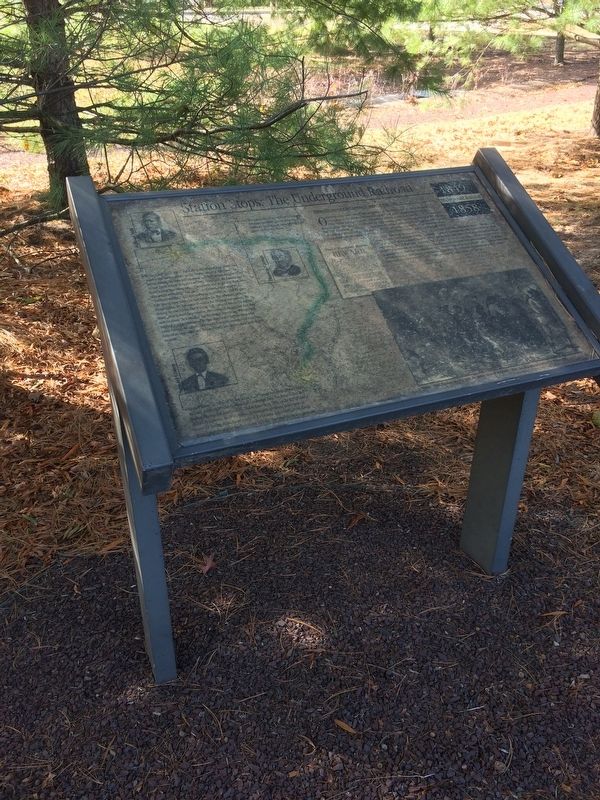
Photographed By Devry Becker Jones (CC0), November 11, 2017
2. Station Stops: The Underground Railroad Marker
Topics and series. This historical marker is listed in these topic lists: Abolition & Underground RR • African Americans • Women. In addition, it is included in the Harriet Tubman Underground Railroad Byway series list. A significant historical year for this entry is 1849.
Location. This marker has been replaced by another marker nearby. It was located near 38° 33.593′ N, 76° 3.811′ W. Marker was in Cambridge, Maryland, in Dorchester County. Marker was at the intersection of Washington Street (Maryland Route 343) and Ocean Gateway (U.S. 50) on Washington Street. Touch for map. Marker was at or near this postal address: 757 Ocean Gateway, Cambridge MD 21613, United States of America. Touch for directions.
Other nearby markers. At least 8 other markers are within walking distance of this location. Abolitionist, Scout, Spy, and Nurse (here, next to this marker); Agents on the Underground Railroad (within shouting distance of this marker); Harriet Tubman Memorial Garden (within shouting distance of this marker); Born To Be Free (within shouting distance of this marker); Goldsborough Stable (approx. half a mile away); Neild Museum (approx. half a mile away); Annie Oakley Lived Down The Street (approx. half a mile away); Robbins Heritage Center (approx. half a mile away). Touch for a list and map of all markers in Cambridge.
Credits. This page was last revised on August 28, 2022. It was originally submitted on November 11, 2017, by Devry Becker Jones of Washington, District of Columbia. This page has been viewed 402 times since then and 28 times this year. Last updated on May 10, 2018, by Allen C. Browne of Silver Spring, Maryland. Photos: 1, 2. submitted on November 11, 2017, by Devry Becker Jones of Washington, District of Columbia. 3, 4, 5. submitted on May 19, 2018, by Allen C. Browne of Silver Spring, Maryland. 6. submitted on May 30, 2018, by Allen C. Browne of Silver Spring, Maryland. • Bill Pfingsten was the editor who published this page.
